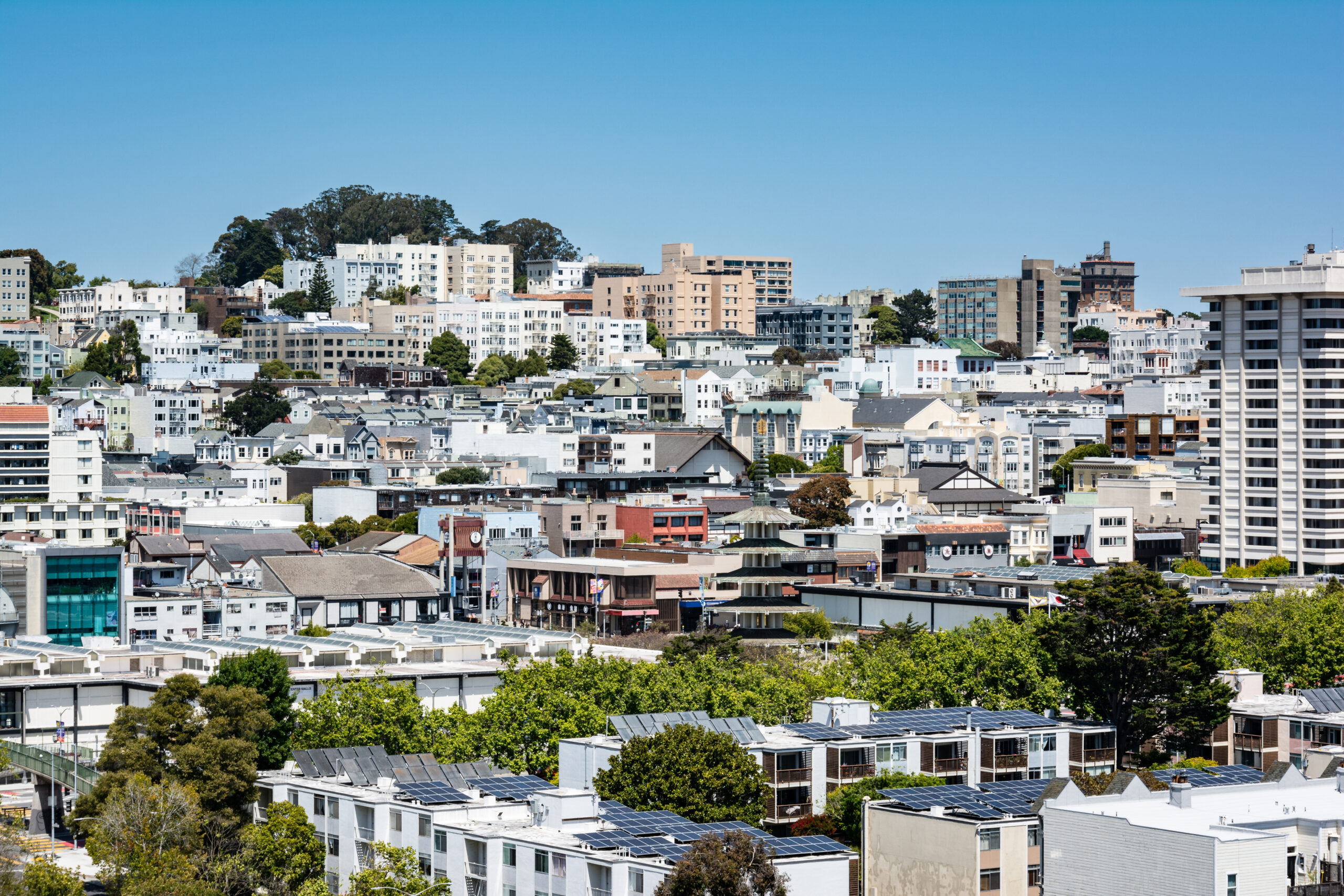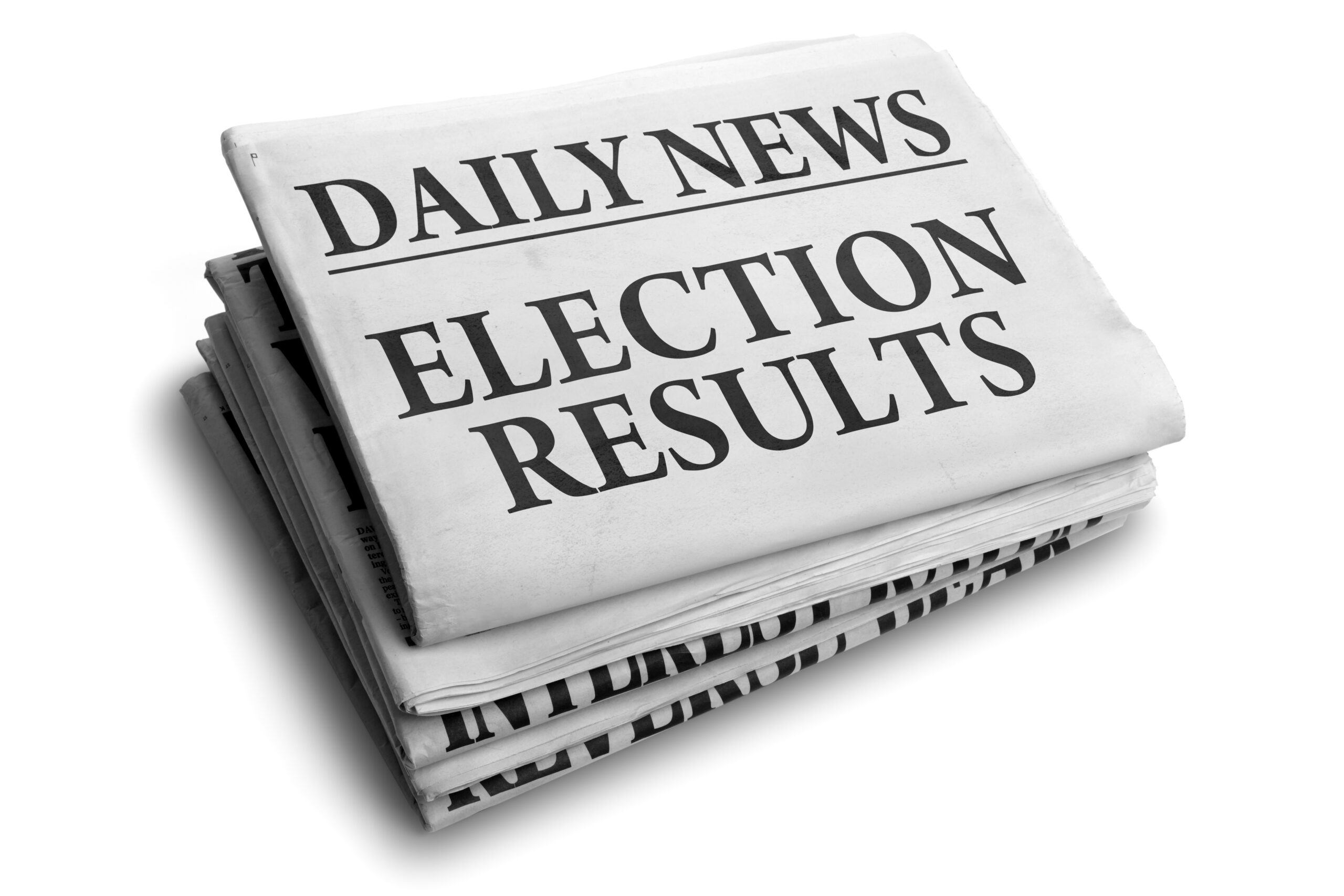Today, the San Francisco Board of Supervisors (the “Board”) unanimously voted to adopt an ordinance that amends San Francisco’s Housing Element as required under California law. Today was the last day for the City to meet its deadline to adopt an updated Housing Element that complies with a variety of new state laws.
The updated Housing Element plans for 82,069 new housing units in the next 8 years—nearly three times the units the City was expected and failed to construct over the past 8 years. Of the 82,069 new units, 32,881 units must be affordable to Low or Very Low Income households. To plan for the ambitious requirement and comply with new Housing Element Laws, the City has made extensive updates to its Housing Element, including the following:
- Housing production is being shifted towards small and mid-rise housing across all neighborhoods, particularly along transit corridors and the west side of the City.
- Programs and actions to affirmatively further fair housing have been added as newly required under state law.
- The Housing Element has been updated to reflect the City’s commitment to advancing racial and social equity in San Francisco.
- Environmental justice policies will address unique or compounded health risks in affected areas.
As many jurisdictions across the Bay Area work to ensure their updated Housing Elements comply with state law to avoid consequences such as loss of state funding, fines, and potentially loss of local control, the California Department of Housing and Community Development (“HCD”) issued a letter on January 20, 2023 deeming San Francisco’s Housing Element update will comply with State Housing Element Law when it is adopted, submitted to, and ultimately approved by HCD.
Now that the updated Housing Element has been adopted, the City will begin work on implementing its Housing Element to stay in compliance with State Housing Element Law. This will entail rezoning significant swaths of the west side of the City within the next 3 years to allow for more density, especially as HCD has indicated the City should pursue its most aggressive rezoning strategy. The City will also work to reduce governmental constraints in an effort to facilitate housing production under its new Housing Element.
Authored by Reuben, Junius & Rose, LLP Attorney Kaitlin Sheber.
The issues discussed in this update are not intended to be legal advice and no attorney-client relationship is established with the recipient. Readers should consult with legal counsel before relying on any of the information contained herein. Reuben, Junius & Rose, LLP is a full service real estate law firm. We specialize in land use, development and entitlement law. We also provide a wide range of transactional services, including leasing, acquisitions and sales, formation of limited liability companies and other entities, lending/workout assistance, subdivision and condominium work.




